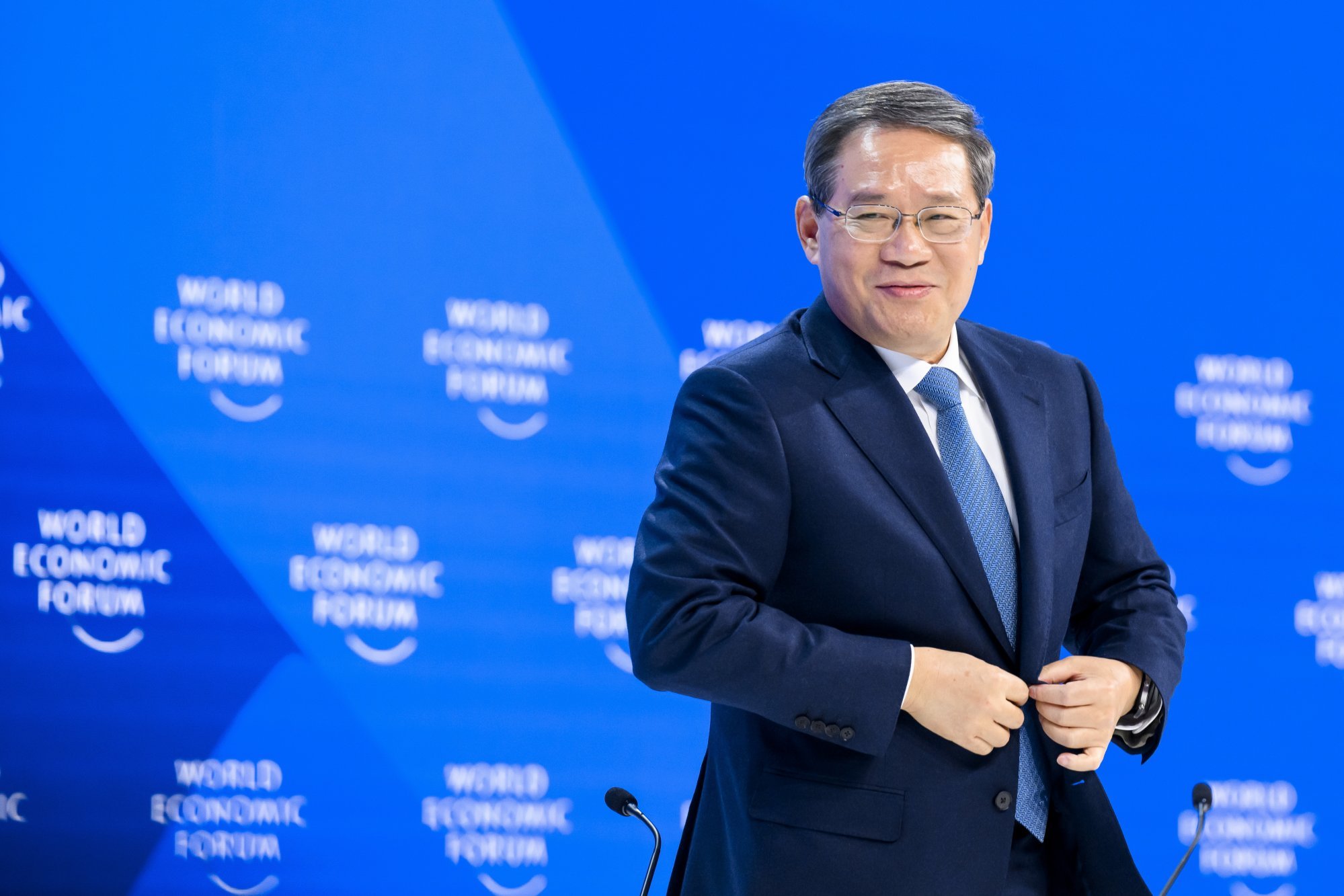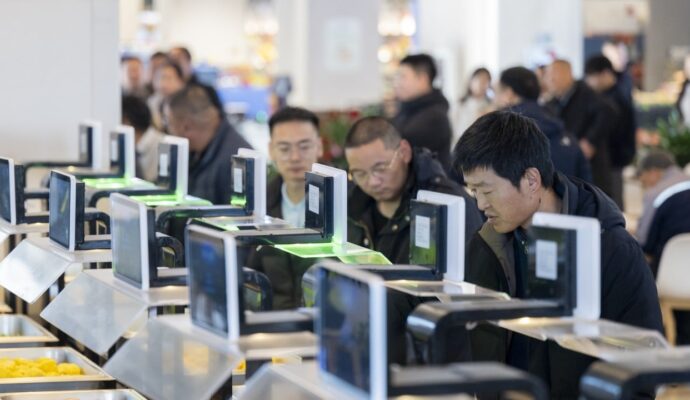The property meltdown hit the middle classes especially hard as 70 per cent of urban dweller’s family wealth in 2019 was stored in properties, according to the central bank, and many families are burdened with heavy mortgage loans.
Meanwhile, wages are falling in some places. The average salaries offered to new hires in 38 of the biggest cities fell to 10,420 yuan (US$1,454) a month in the fourth quarter of last year compared with the same period 12 months earlier.
According to data from online recruitment platform Zhaopin compiled by Bloomberg this marks a drop of 1.3 per cent – the sharpest fall of its kind since 2016.
These challenges have raised concerns about whether China’s middle class will shrink, as many of those in the middle income bracket – defined as households earning between 100,000 to 500,000 yuan (US$14,000-US$70,000) a year – are vulnerable to income shocks.
Another major concern is the widening wealth gap.
According to the World Inequality Database, the share of personal wealth of the top 1 per cent in China was more than five times higher than the wealth held by the bottom 50 per cent in 2022.
The Gini co-efficient, another inequality indicator, also shows that China’s inequality has been hovering at about 0.467 in a scale of 0 to 1 in recent years, according to Chinese officials – one of the highest figures in the world.
In recent years, Beijing has tried to address the growing wealth inequality through its common prosperity drive.
However, dealing with inequality through political campaigns can easily backfire because the private sector bears much of the brunt – in the form of higher business costs or donations to government-backed charities – and that may further dampen the incentives for investment.
It also creates an uncertain business environment that may deter foreign investors.

Policy makers should also be concerned about lower income groups with many people, especially in rural areas, still facing hardship even if they are officially above the poverty line.
In 2021, China declared it has eradicated absolute poverty, and while that was undoubtedly a significant achievement, it doesn’t mean poverty does not still exist.
For one, the official benchmark is extremely low – the poverty line in China is set at 2,300 yuan per person per year, well below than the international poverty line.
In the years running up to 2021, China offered subsidies or support from local officials to the poorest households.
Economic, demographic challenges mount for China early in 2024
Economic, demographic challenges mount for China early in 2024
However, it is unclear whether this is sustainable, and there is now little incentive for local governments to acknowledge the prospect that families may fall back below the poverty line and risk being held accountable if that does happen.
Many migrant workers who contributed to China’s economic boom in the past three decades have also reached the retirement age. As they bid farewell to their jobs, they will face a host of retirement issues in a rapidly aging society. These include the lack of affordable and quality healthcare, pensions, and quality elderly care services – all of which will only make the problem of inequality worse.


